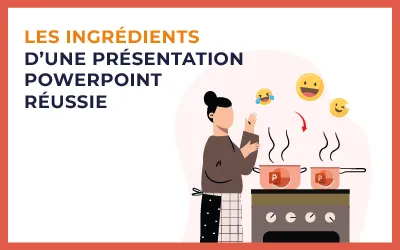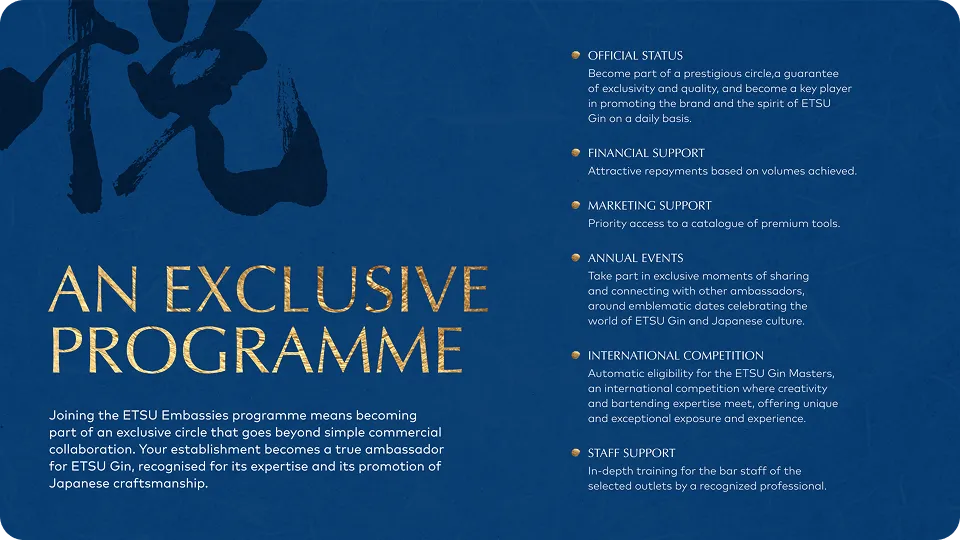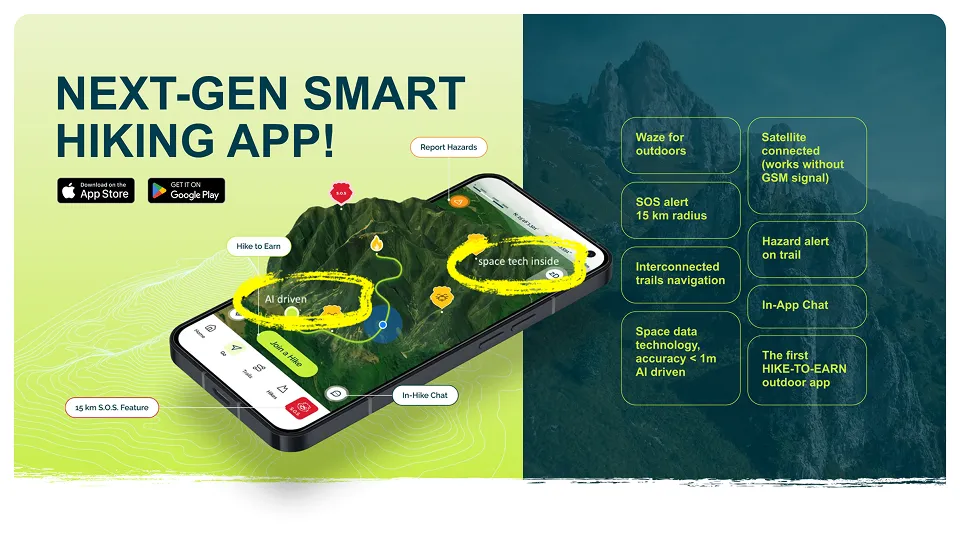21 March, 2025
Apply these 6 key storytelling techniques in your Powerpoint

What is storytelling in PowerPoint presentations?
Stories are a powerful way to connect with your audience during PowerPoint presentations through emotion, visuals and allow your message to be deeply remembered. Traditionally rooted in culture and education, storytelling has burst into the professional world in the last 20 years with the rise of PowerPoint presentations that have allowed marketing professionals to conceptualize narratives for brands or projects.
Here it is 6 storytelling techniques that you can develop in order to make your presentations Powerpoint more human and therefore more powerful.
How do you create storytelling in your PowerPoint presentations?
1. Find a cause to defend in your PowerPoint presentations

The power of stories is that they bring people from diverse backgrounds together around a shared cause. This social bond, rooted since childhood, is a tool that is both visible and invisible, and appeals to the feeling of justice that legitimizes your actions.
From a PowerPoint presentation perspective, finding a common cause is an essential starting point for Define the challenge, the vision that will transform your audience into a winning team.
Start by asking yourself the simple question: why are we here today? Take a step back and show that you know how to gain maximum height.
2. Identify the enemy in your PowerPoint presentations

Solving a big problem or defending a major cause is not an easy task, and it shouldn't be. The greater the challenges, the greater the victory. To be defeated without danger...
During your PowerPoint presentations, whether it's your biggest competitor, or sudden changes in legislation, or internal problems, Speak from your heart when analyzing the strengths and weaknesses of your enemy.
3. Introduce your hero in your powerpoint presentations

It is especially in the darkest hours that heroic figures appear. This element of storytelling is found throughout history: ancient warriors, prophets, saints, soccer players, entrepreneurs, the list goes on.
Concretely, your powerpoint presentations must highlight this providential factor that will take responsibility to face the challenge presented. In the professional sphere, this hero often takes the form of a plan, a new technology, a team, a groundbreaking study, etc.
The dimension of the hero does not matter as long as he shows courage and leadership.
4. Articulate an internal monologue in your PowerPoint presentations

Heroes are often flawed and human beings. They have their own stories, doubts, dark secrets, and fears. The way they deal with them makes them vulnerable and kind.
Your PowerPoint presentation should know how to introduce this subtle element, offer an honest and courageous point of view. which will allow you to establish deep relationships of trust because they are human. Prepare your internal monologue, your manifesto, which will also allow you to prepare for all the questions, during and after the presentation.
5. Bring an element of surprise

A good story takes your audience into a familiar state that is closely connected to childhood., when anything was possible and anything could happen. The fantastic comeback, the resurrection, the last-minute goals, etc.
While you should be careful not to abuse this technique in terms of form, it allows you to 'disappear' and join the audience's viewership and let the story take over.
6. Don't forget to mention the supporting roles

Batman and Robin, Arthur and the Knights of the Round Table, Pierre and Marie Curie, Jesus and the Apostles: no hero can save the world alone. Good guys finish last unless a partner, secret weapon, or outside help comes in to help.
In this section, highlight the shadow workers, water carriers, your infrastructure. They will often be your employees, your managers, your plan, marketing channels, or your business partners.
Take the time to put these 6 storytelling techniques into action to create an optimal flow for your PowerPoint presentations. As far as design is concerned, you can use Pokeslide, The Powerpoint agency. With our pool of talented designers and our unparalleled responsiveness, we can help you go further in your career.
Our articles in the same theme:
.svg)














